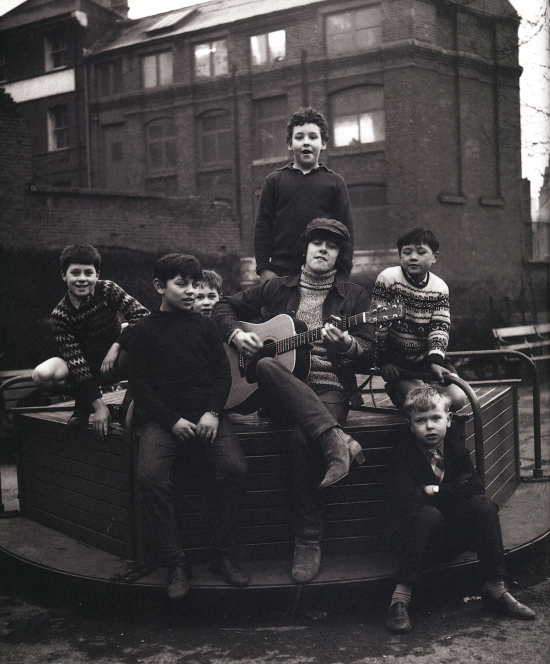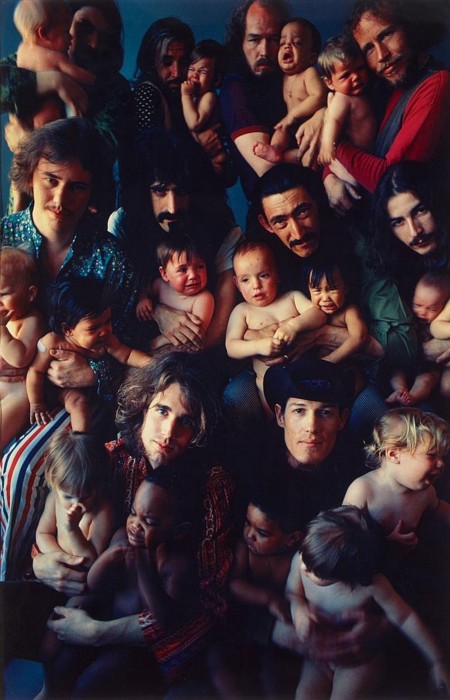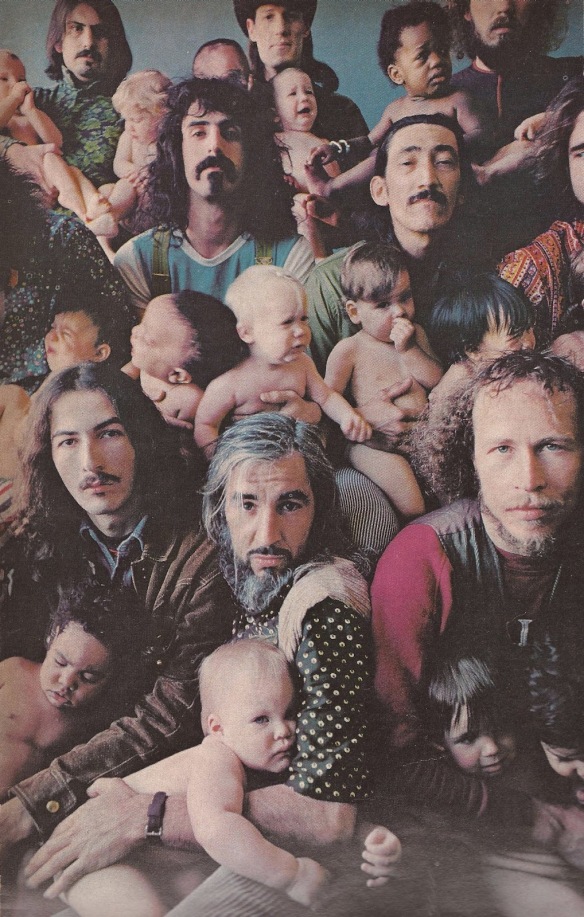Sunshine Superman is a song written and recorded by British singer-songwriter Donovan. The Sunshine Superman single was released in the United States through Epic Records in July 1966, but due to a contractual dispute the United Kingdom release was delayed until December 1966. It has been described as having, “proven to be [one of the] classics of the era,” and as, “the quintessential bright summer sing along”.
By 1966, Donovan had shed the overt Bob Dylan/Arlo Guthrie influences and become one of the first British pop musicians to adopt a flower power image. More importantly, his music was developing and changing rapidly as he immersed himself in jazz, blues, Eastern music, and the new generation of U.S. West Coast bands such as Jefferson Airplane and The Grateful Dead. He was now entering his most creative and original phase as a songwriter and recording artist, working in close collaboration with Mickie Most and especially with arranger, musician, and jazz fan John Cameron. Their first collaboration was “Sunshine Superman”, one of the first overtly psychedelic pop records.
Sunshine Superman reached the top of the Billboard Hot 100 in the United States, and subsequently became the title track of Donovan’s eponymous third album. The song was written for Donovan’s future wife Linda Lawrence. The lyrics of the song mention not only Superman, but also another DC Comics superhero, Green Lantern.
By the way, writer Grant Morrison referenced the song in an issue of Animal Man by creating Sunshine Superman, an African American version of Superman who was a member of the Love Syndicate of Dreamworld, from a world based on the drug culture of the 1960s.
Beautiful Stranger is a song by American singer Madonna and was released on May 29, 1999 by Maverick Records. It was written and produced by Madonna and British songwriter and musician William Orbit, who had previously worked on the 1998 studio album Ray of Light. The song was written for the soundtrack and motion picture Austin Powers: The Spy Who Shagged Me (Jay Roach, 1999). Mike Myers who plays the main role in the film, also appeared in the accompanying music video, directed by Brett Ratner. Beautiful Stranger is an up-tempo love song featuring heavily reverberated guitars and bouncy drum loops with lyrics telling a tale of romantic infatuation.It employs a lyrical theme and instrumentation similar to that found in the song Amazing which is included on Madonna’s album Music (2000).


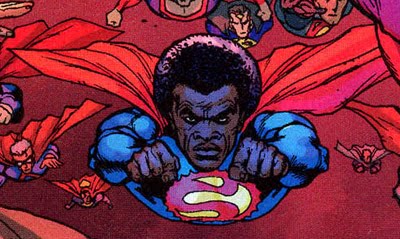

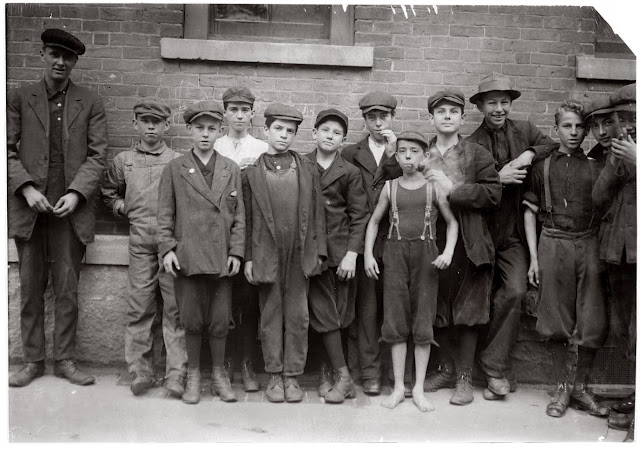

 Kate Moss with children. Photos by Bruce Weber
Kate Moss with children. Photos by Bruce Weber Drew Barrymore as scout by Mark Seliger
Drew Barrymore as scout by Mark Seliger French kids imitate Dizzy Gillespie’s cheeks in Nice (France) by Milt Hinton, 1981
French kids imitate Dizzy Gillespie’s cheeks in Nice (France) by Milt Hinton, 1981
 Bob Dylan and kids, Liverpool, England, 1966. Barry Feinstein
Bob Dylan and kids, Liverpool, England, 1966. Barry Feinstein